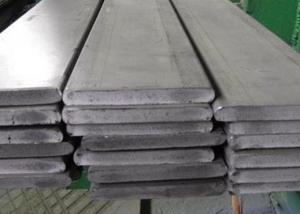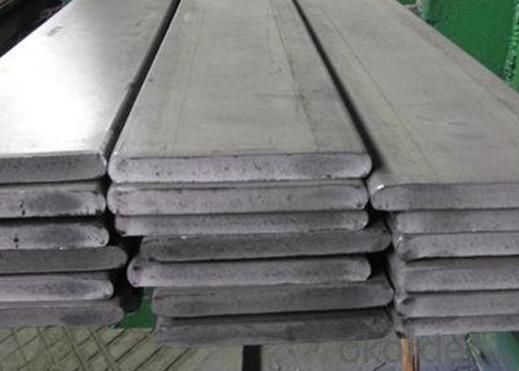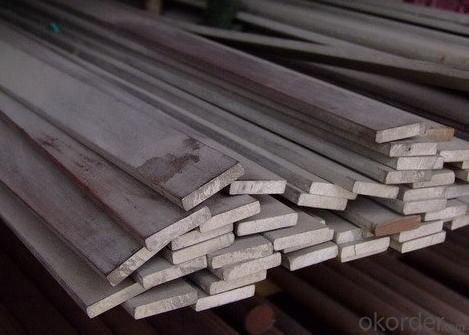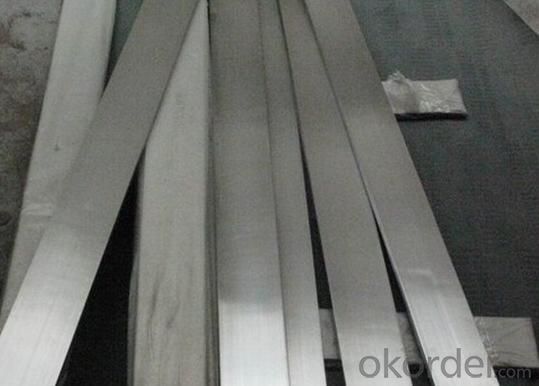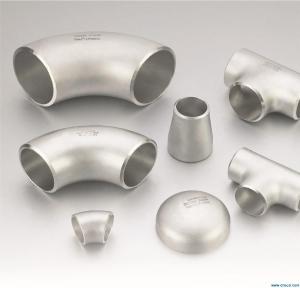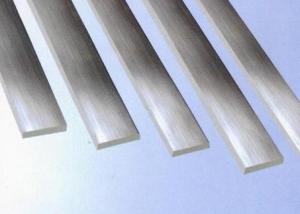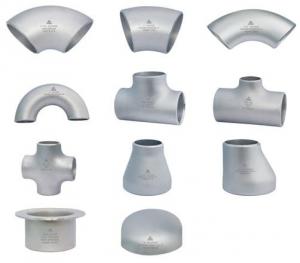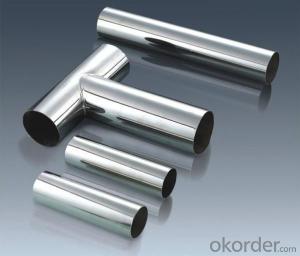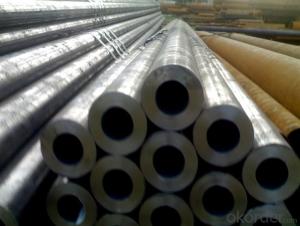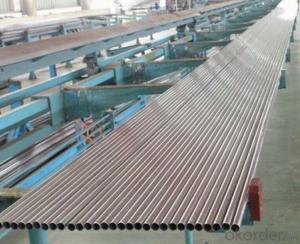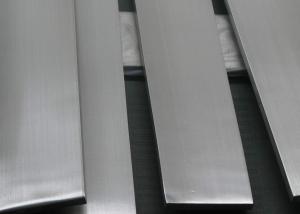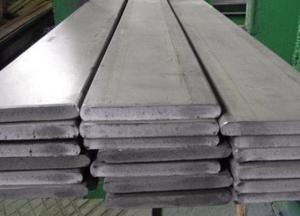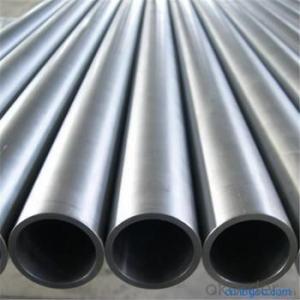304 Stainless Steel Flat
- Loading Port:
- China Main Port
- Payment Terms:
- TT or LC
- Min Order Qty:
- 5 Tons m.t.
- Supply Capability:
- 1000 Tons Per Month m.t./month
OKorder Service Pledge
OKorder Financial Service
You Might Also Like
Stainless Steel Flats
1. Standard: AISI, GB, JIS, ASTM, DIN, EN
2. Grade: 1).200Series: 201,202.
2).300Series: 301,302,303,304,304L,316,316L,321.
3).400Series: 410,410S,416,420,430,430F.
3. Size:3x25mm- 80x250mm
4. Length: 2m-6m
5. Craft: HRAP, or cold drawn
6. Stainless Steel Flat Bar Surface: Pickling or polished
7. MOQ: 1 Ton
8. Delivery: within 20 days
9. Package: Waterproof with tape
10. Application: These products are widely supplied to areas of machine-made industry, chemical industry, shipping industry,architecture, food industry, household products etc.
|
Size |
Thickness (mm) | |||||||||||
|
Width (mm) |
3 |
4 |
5 |
6 |
8 |
10 |
12 |
14 |
16 |
20 |
25 |
30 |
|
Theoretical Weight (kg/m) | ||||||||||||
|
10 |
0.238 |
0.32 |
0.4 |
0.48 |
0.63 |
|
|
|
|
|
|
|
|
15 |
0.36 |
0.48 |
0.59 |
0.71 |
0.95 |
1.19 |
|
|
|
|
|
|
|
20 |
0.476 |
0.63 |
0.79 |
0.95 |
1.27 |
1.59 |
1.9 |
|
|
|
|
|
|
25 |
0.585 |
0.79 |
0.99 |
1.19 |
1.59 |
1.98 |
2.38 |
|
|
|
|
|
|
30 |
0.714 |
0.95 |
1.19 |
1.43 |
1.9 |
2.38 |
2.85 |
3.33 |
3.81 |
4.75 |
5.948 |
|
|
40 |
0.952 |
1.27 |
1.59 |
1.9 |
2.54 |
3.17 |
3.81 |
4.44 |
5.08 |
6.34 |
7.93 |
9.52 |
|
50 |
1.19 |
1.59 |
1.98 |
2.38 |
3.17 |
3.97 |
4.76 |
5.55 |
6.34 |
7.93 |
9.91 |
11.9 |
|
60 |
1.428 |
1.9 |
2.38 |
2.85 |
3.81 |
4.76 |
5.71 |
6.66 |
7.61 |
9.52 |
11.9 |
14.27 |
|
70 |
|
2.22 |
2.78 |
3.33 |
4.44 |
5.55 |
6.66 |
7.77 |
8.88 |
11.1 |
13.88 |
16.65 |
|
80 |
|
|
3.17 |
3.81 |
5.08 |
6.34 |
7.61 |
8.88 |
10.15 |
12.69 |
15.86 |
19.03 |
|
90 |
|
|
3.57 |
4.28 |
5.71 |
7.14 |
8.56 |
9.99 |
11.42 |
14.27 |
17.84 |
21.41 |
|
100 |
|
|
3.97 |
4.76 |
6.34 |
7.93 |
9.52 |
11.1 |
12.69 |
15.86 |
19.82 |
23.79 |
|
110 |
|
|
|
5.23 |
6.98 |
8.72 |
10.47 |
12.21 |
13.96 |
17.45 |
21.81 |
26.17 |
|
120 |
|
|
|
5.71 |
7.61 |
9.52 |
11.42 |
13.32 |
15.23 |
19.03 |
23.79 |
28.55 |
|
130 |
|
|
|
6.19 |
8.25 |
10.31 |
12.37 |
14.43 |
16.49 |
20.62 |
25.77 |
30.93 |
|
140 |
|
|
|
6.66 |
8.88 |
11.1 |
13.32 |
15.54 |
17.76 |
22.2 |
27.76 |
33.31 |
|
150 |
|
|
|
7.14 |
9.52 |
11.9 |
14.27 |
16.65 |
19.03 |
23.79 |
29.74 |
35.69 |
|
160 |
|
|
|
7.61 |
|
12.69 |
15.23 |
17.76 |
20.3 |
25.38 |
31.72 |
38.06 |
|
170 |
|
|
|
|
|
13.48 |
16.18 |
18.87 |
21.57 |
26.96 |
33.7 |
40.44 |
|
180 |
|
|
|
|
|
14.27 |
17.13 |
19.98 |
22.84 |
28.55 |
35.69 |
42.82 |
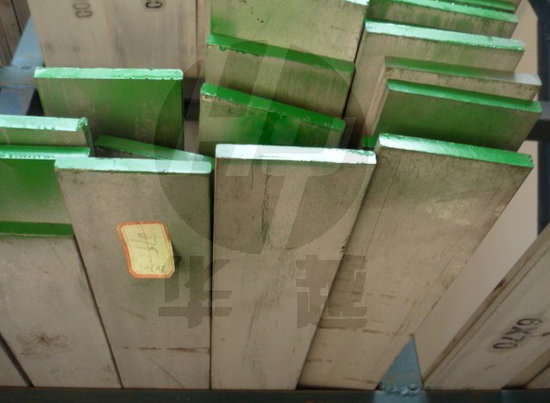
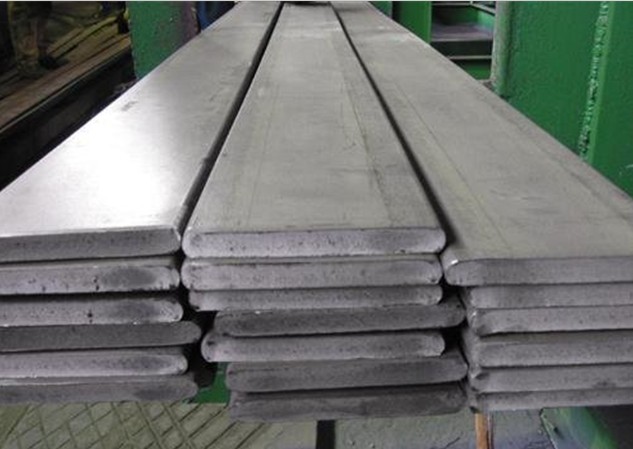
- Q: What is the significance of the schedule in stainless steel pipes?
- The thickness of the pipe walls is what the schedule in stainless steel pipes refers to. It plays a crucial role in determining the pipe's strength, durability, and ability to handle pressure. The schedule is represented by a numerical value, such as Schedule 10, Schedule 40, or Schedule 80, which indicates the thickness of the pipe. The schedule's importance lies in its impact on the pipe's ability to withstand different conditions and applications. A higher schedule number means a thicker wall, resulting in increased strength and resistance to both internal and external pressures. This makes stainless steel pipes with a higher schedule suitable for applications that involve high pressure and high temperature, such as industrial processes, oil and gas pipelines, and chemical processing plants. Additionally, the schedule also affects the flow capacity of the pipe. Thicker-walled pipes have a smaller internal diameter, which reduces the flow rate compared to pipes with thinner walls. This factor is crucial when considering the fluid flow requirements in plumbing systems, HVAC installations, and other applications. The choice of the appropriate schedule for stainless steel pipes depends on specific project requirements, including pressure, temperature, and flow conditions. It is essential to select the correct schedule to ensure the pipe can safely and efficiently handle the intended application. To summarize, the significance of the schedule in stainless steel pipes lies in its influence on strength, pressure handling capabilities, and flow capacity. By understanding the schedule, engineers and professionals can make informed decisions when selecting and installing stainless steel pipes for various industrial, commercial, and residential applications.
- Q: Can stainless steel pipes be used for firefighting systems?
- Yes, stainless steel pipes can be used for firefighting systems. Stainless steel is a durable and corrosion-resistant material, making it suitable for such applications where durability and resistance to heat and pressure are required.
- Q: Are stainless steel pipes suitable for high-temperature environments?
- Yes, stainless steel pipes are suitable for high-temperature environments. They have excellent heat resistance properties, ensuring their stability and structural integrity even at elevated temperatures. Additionally, stainless steel pipes exhibit good corrosion resistance, making them a reliable choice for various industrial applications involving high temperatures such as power plants, refineries, and chemical processing plants.
- Q: What is the difference between seamless and precision stainless steel pipes?
- Seamless and precision stainless steel pipes differ in their manufacturing process and performance characteristics. Seamless stainless steel pipes are produced through the extrusion or piercing process, where a solid cylindrical billet is heated, and then a piercing rod is used to create a hollow tube. This process ensures that there are no seams or welds in the pipe, resulting in a smooth and uniform surface. The absence of seams eliminates the risk of leakage or weak points, making seamless pipes highly reliable and suitable for various applications. On the other hand, precision stainless steel pipes are manufactured through the cold-drawn or cold-rolled process. In this method, a seamless pipe is further processed to achieve precise dimensions, tolerances, and surface finishes. The precision process enhances the mechanical properties of the pipe, such as its strength, hardness, and durability. Precision pipes are commonly used in industries where tight tolerances and superior surface quality are required, such as automotive, aerospace, and medical applications. In terms of performance, seamless stainless steel pipes offer excellent corrosion resistance, high temperature resistance, and good mechanical properties. They are often used in industries such as oil and gas, chemical processing, and power generation, where reliability and strength are crucial. Precision stainless steel pipes, on the other hand, are known for their dimensional accuracy, smooth surface finishes, and superior mechanical properties. They are commonly used in precision engineering, instrumentation, and high-performance applications. In summary, the main difference between seamless and precision stainless steel pipes lies in their manufacturing process and intended applications. Seamless pipes are produced without any seams, providing excellent reliability, while precision pipes are further processed to achieve precise dimensions and superior surface quality for specific industries and applications.
- Q: Can stainless steel pipes be used for both high and low-pressure applications?
- Stainless steel pipes possess the ability to serve in high and low-pressure scenarios. Stainless steel's reputation for its robustness, endurance, and corrosion resistance renders it apt for diverse pressure circumstances. It can endure high pressures unflinchingly, without any distortion or breakage, hence proving to be an optimal choice for high-pressure purposes such as oil and gas pipelines, chemical processing plants, and hydraulic systems. Furthermore, it can be employed for low-pressure applications such as plumbing systems and water supply lines. The adaptable nature of stainless steel pipes enables their usage across an extensive array of pressure conditions, which contributes to their popularity in numerous industries.
- Q: What is the difference between duplex and super duplex stainless steel pipes?
- The main difference between duplex and super duplex stainless steel pipes lies in their chemical composition and mechanical properties. Duplex stainless steel pipes have a mixed microstructure of austenite and ferrite, offering a good balance of corrosion resistance and strength. On the other hand, super duplex stainless steel pipes have a higher content of chromium, molybdenum, and nitrogen, providing exceptional resistance to corrosion, especially in harsh environments. Super duplex stainless steel pipes also possess superior mechanical properties, such as increased tensile strength and improved resistance to stress corrosion cracking.
- Q: Are stainless steel pipes suitable for cryogenic applications?
- Yes, stainless steel pipes are suitable for cryogenic applications. Stainless steel has excellent low-temperature properties, making it an ideal material for cryogenic applications where extremely low temperatures are involved. It offers high strength, excellent corrosion resistance, and good thermal conductivity, which are essential factors for handling cryogenic fluids or gases. Stainless steel pipes can withstand the extreme cold temperatures without losing their structural integrity or becoming brittle. Additionally, stainless steel's resistance to thermal expansion and contraction allows for reliable performance in cryogenic environments. Therefore, stainless steel pipes are a popular choice in industries such as aerospace, medical, and energy where cryogenic applications are common.
- Q: What is the difference between Type 304L and Type 316L stainless steel pipes?
- Type 304L stainless steel pipes contain a lower carbon content compared to Type 316L stainless steel pipes, resulting in improved corrosion resistance in mildly corrosive environments. On the other hand, Type 316L stainless steel pipes have higher levels of nickel and molybdenum, making them more resistant to corrosion in harsher environments, such as marine or chemical applications.
- Q: What is passivation in stainless steel pipes?
- Passivation in stainless steel pipes refers to the process of treating the surface of the pipes to remove any contaminants and enhance its corrosion resistance properties. It involves the use of chemical solutions or acids to remove iron particles and other impurities from the surface, creating a protective oxide layer that prevents further corrosion.
- Q: Can stainless steel pipes be insulated with polystyrene sulfonate?
- Yes, stainless steel pipes can be insulated with polystyrene sulfonate. Polystyrene sulfonate is a commonly used material for insulating pipes due to its thermal insulation properties and resistance to moisture and chemicals. It can be easily applied to stainless steel pipes to provide effective insulation and prevent heat loss or gain.
1. Manufacturer Overview
| Location | Jiangsu,China |
| Year Established | 2002 |
| Annual Output Value | Above US$ 8 Million |
| Main Markets | China, East Asia, |
| Company Certifications | ISO9001:2000; |
2. Manufacturer Certificates
| a) Certification Name | |
| Range | |
| Reference | |
| Validity Period |
3. Manufacturer Capability
| a) Trade Capacity | |
| Nearest Port | Shanghai |
| Export Percentage | 40% |
| No.of Employees in Trade Department | 30 People |
| Language Spoken: | English;Chinese |
| b) Factory Information | |
| Factory Size: | Above 26,000 square meters |
| No. of Production Lines | Above 6 |
| Contract Manufacturing | OEM Service Offered;Design Service Offered |
| Product Price Range | Average |
Send your message to us
304 Stainless Steel Flat
- Loading Port:
- China Main Port
- Payment Terms:
- TT or LC
- Min Order Qty:
- 5 Tons m.t.
- Supply Capability:
- 1000 Tons Per Month m.t./month
OKorder Service Pledge
OKorder Financial Service
Similar products
Hot products
Hot Searches
Related keywords


